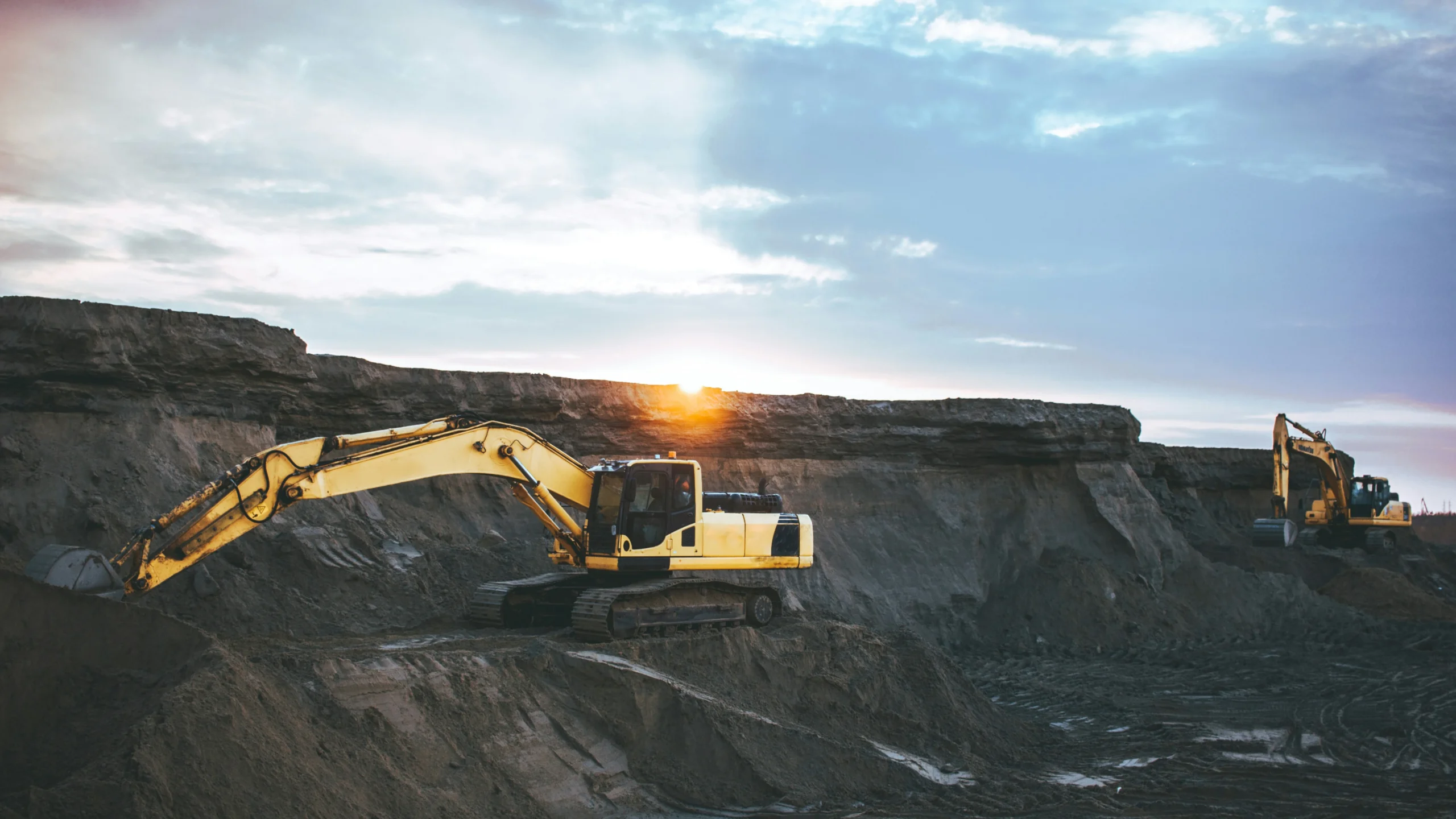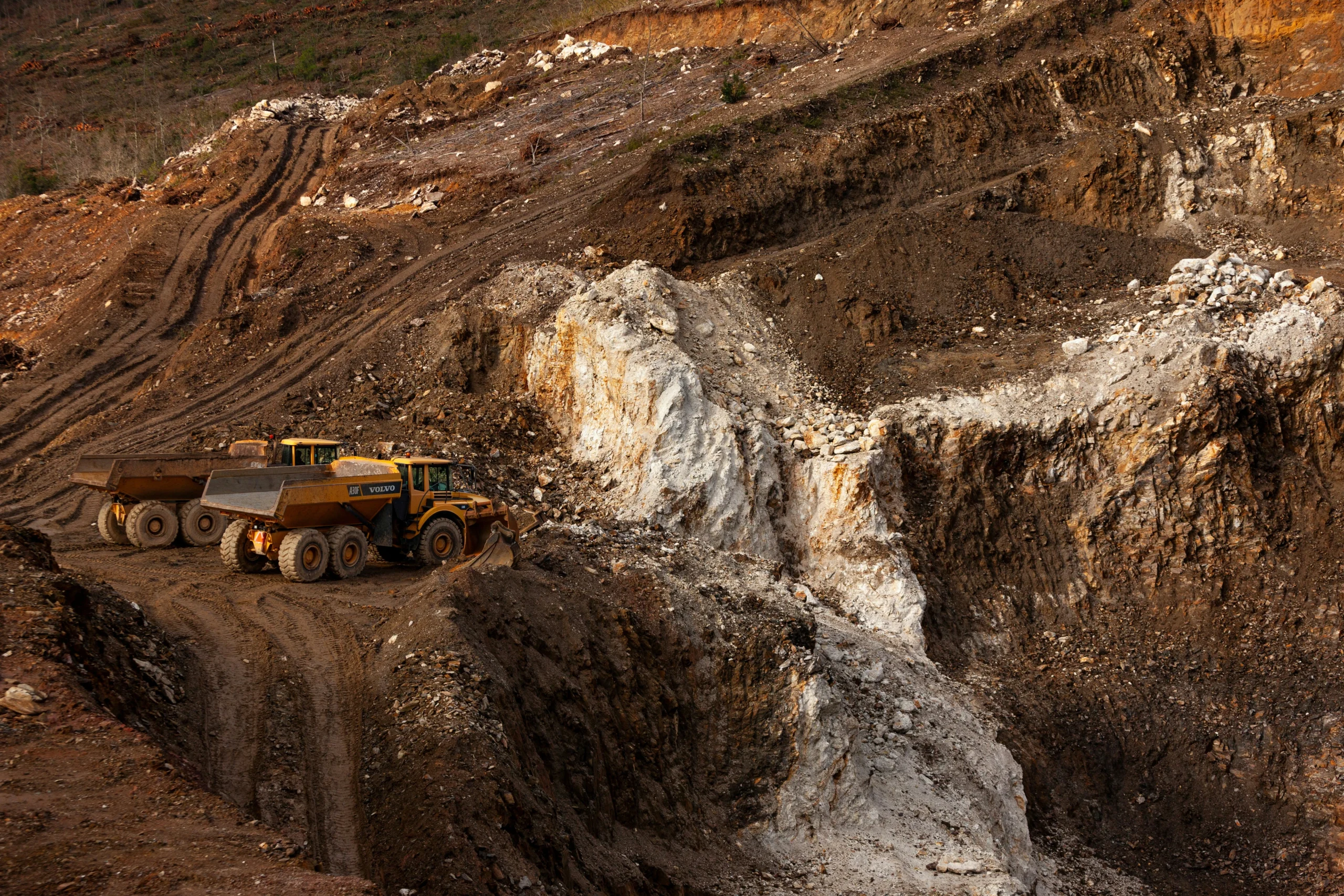At a glance
- Improper loading increases safety risks such as rollovers, tyre failures, and brake stress, especially on uneven mining terrain.
- Optimised payloads improve productivity, reduce idle time, and ensure each haul cycle moves the maximum safe load.
- Load monitoring enhances fuel efficiency and cost control, improving tonne-per-litre performance and overall profitability.
- Advanced equipment like portable truck scales and volumetric scanners ensures precise load measurement in real time.
One of the most essential but overlooked aspects of mining productivity is accurate load management. Each haul cycle depends on accurate load weight to ensure safety, compliance, fuel efficiency, and extended equipment lifespan.
Load management ensures that your haul vehicle is not overloaded, unevenly loaded, or underloaded, which leads to issues like tyre blowouts, brake failures, wasted fuel, and costly downtime. Moreover, small imbalances can make trucks less stable and raise the risk of accidents on uneven terrain. Non-compliance with regulatory weight limits can lead to fines, penalties, and inspection delays.
In this article, we will discuss the importance of accurate load management and how weighing systems enhance load management accuracy in the mining industry.
Why Accurate Load Management Matters in Mining Trucks
Effective load monitoring is not just a safety requirement. It drives performance, reduces costs, and supports long-term operational success. Below are the key reasons why accurate load management is essential in mining trucks.
Safety and Risk Prevention
Proper load management is vital for preventing rollovers, brake failure, and tyre blowouts. It ensures that every load stays within safe limits. When weight is distributed correctly, it keeps the truck stable on steep gradients and uneven roads. This protects operators and vehicles from unnecessary accidents.
Even minor overloading increases stopping distance and places excess strain on braking systems, especially on long downhill hauls. In mines where vehicles operate around heavy machinery and along tight haul routes, a single brake failure can cause severe damage and site-wide shutdowns.
Uneven loads also shift a truck’s centre of gravity, making it harder to control during cornering or when travelling across rutted or unstable terrain. This increases rollover risk, one of the most common and costly safety incidents in open-pit and underground mining operations.
Regulatory Compliance
Mining truck weighing systems and real-time load-monitoring sensors help meet the Heavy Vehicle National Law (HVNL) and mine safety regulations. By detecting unsafe or unbalanced loads immediately, they allow operators to fix problems before leaving. As a result, every haul meets regulatory standards while maximising safety.
Additionally, automated load records create a digital audit trail that can be used for inspections, insurance claims, or incident investigations. This reduces administrative burden and provides mine operators with verifiable proof of compliance during audits or regulatory checks.
Improved Operational Efficiency
Accurate weighing allows mining fleets to carry the maximum permitted payload in every cycle. This ensures that no trip is wasted due to underloading or delayed because of overload corrections. With modern equipment, you can achieve optimal loads on the first attempt, reduce idle time, and keep trucks moving.
This accuracy also improves haul scheduling and fleet performance. Mining fleet management technology relies on steady, reliable data to simplify dispatching and improve cycle timing, helping operations achieve higher output with fewer interruptions.
Reduced Maintenance and Equipment Wear
Mining trucks operate in extreme conditions where even minor overloads can lead to damage. When a vehicle carries too much or uneven weight, stress builds up on critical systems. This causes parts to wear out faster, fail unexpectedly, and need frequent repairs. Such issues disrupt productivity and significantly increase operating costs.
With proper load management, trucks carry only what they are designed for, reducing mechanical stress and preventing early failures. By maintaining optimal loads, operators minimise breakdowns, lower maintenance frequency, and save on expensive component replacements. This results in improved fleet reliability and long-term cost control.
Components most affected by improper loading include:
- Tyres and wheel assemblies
- Suspension systems
- Truck frame and chassis
- Brake and drivetrain components
Cost Control and Fuel Efficiency
Accurate load management helps mining fleets avoid carrying excess weight, which increases fuel consumption and puts extra strain on engines, tyres, and braking systems. When trucks haul only what they are designed to carry, they run more efficiently and require less maintenance over time.
Even small reductions in unnecessary load weight can lead to major fuel savings across a large fleet. By keeping every haul within its optimal payload range, operators reduce operating costs, extend vehicle life, and get more value out of every litre of fuel.
Enhanced Decision-Making
Effective load management helps mining operators record accurate weight metrics for each haul cycle. These insights enable supervisors to track performance trends and make proactive decisions instead of only addressing problems after they arise. With solid data, operators can spot inefficiencies in loading patterns and material distribution that might not be obvious during daily operations.
Better visibility into load patterns also aids in planning across the entire mine site. When operators know exactly how much material is being moved at any moment, they can streamline truck dispatching and set daily targets based on actual movement. This level of control enables smoother coordination across different parts of operations.
Over time, consistent load tracking creates valuable historical data that supports long-term decision-making. Managers can predict production more accurately, plan equipment use more efficiently, and make strategic choices that drive ongoing operational growth and profitability.
How Mining Equipment Improves Load Management Accuracy
To achieve accurate and dependable load control in challenging mining environments, you can use specialised equipment that quickly and consistently measures payloads with minimal disruption. Some of them are:
Portable Mining Truck Scales
Portable mining truck scales provide high-accuracy weight readings directly at the loading site, allowing trucks to be weighed either statically or in motion. By measuring each wheel and axle load individually, they detect uneven distribution that could compromise stability. This accuracy helps operators load trucks to optimal capacity without exceeding safety limits or straining equipment unnecessarily.
Read more: Factors To Consider When Selecting A Truck Scale For Mining Applications.
Mining Truck Volumetric Scanner
Truck volumetric scanners use 3D imaging to measure the exact load volume inside the truck body in real time. They compare loaded scans to an empty vehicle profile to spot underloading or overloading immediately. This non-contact system ensures every truck carries the correct payload. It reduces guesswork and improves material tracking and haul efficiency.
MVS – Mobile Volumetric Scanner
Mobile Volumetric Scanner offers the same advanced scanning capability but with added flexibility. It can be relocated across different loading zones, making it ideal for operations with multiple haul routes or changing pit locations. By providing immediate volume data as trucks move beneath the scanner, it enables fast decision-making and maintains load accuracy across the fleet.
Read more: The Economics of Measuring Volumetric Loads Accurately For The Mining Industry.
Load management is not just about improving performance. It is essential for safe, efficient, and profitable mining operations. By ensuring each truck carries the right load every time, operators can prevent equipment strain, reduce risks on tough terrain, and maintain steady production output.
With better control over load distribution, mining companies reduce fuel waste, prolong the life of their fleet, and increase planning accuracy across the site. This leads to a stronger, more cost-effective operation that provides long-term value.
If you are ready to optimise your mining operations, consider partnering with Trakblaze. We offer modern load monitoring solutions for mining that improve its accuracy and boost fleet performance. Contact us today to get started.
FAQs
What happens if a mining truck is consistently overloaded?
Consistently overloading a mining truck leads to faster equipment wear, higher risk of accidents, increased fuel consumption, and costly downtime due to mechanical failures or safety breaches.
How does load management reduce fuel consumption in mining trucks?
Load management reduces fuel use by keeping loads within the optimal range. Overloaded trucks burn more fuel because the engine works harder, while underloaded trucks waste fuel by requiring extra trips to move the same amount of material.
Can load management systems improve fleet coordination in mines?
Yes, load management systems provide real-time data that helps dispatchers schedule trucks more efficiently and keep haul cycles running smoothly across the entire fleet.
How often should load monitoring equipment be calibrated in mining environments?
Load monitoring equipment should typically be calibrated every few months or as recommended by the manufacturer.




